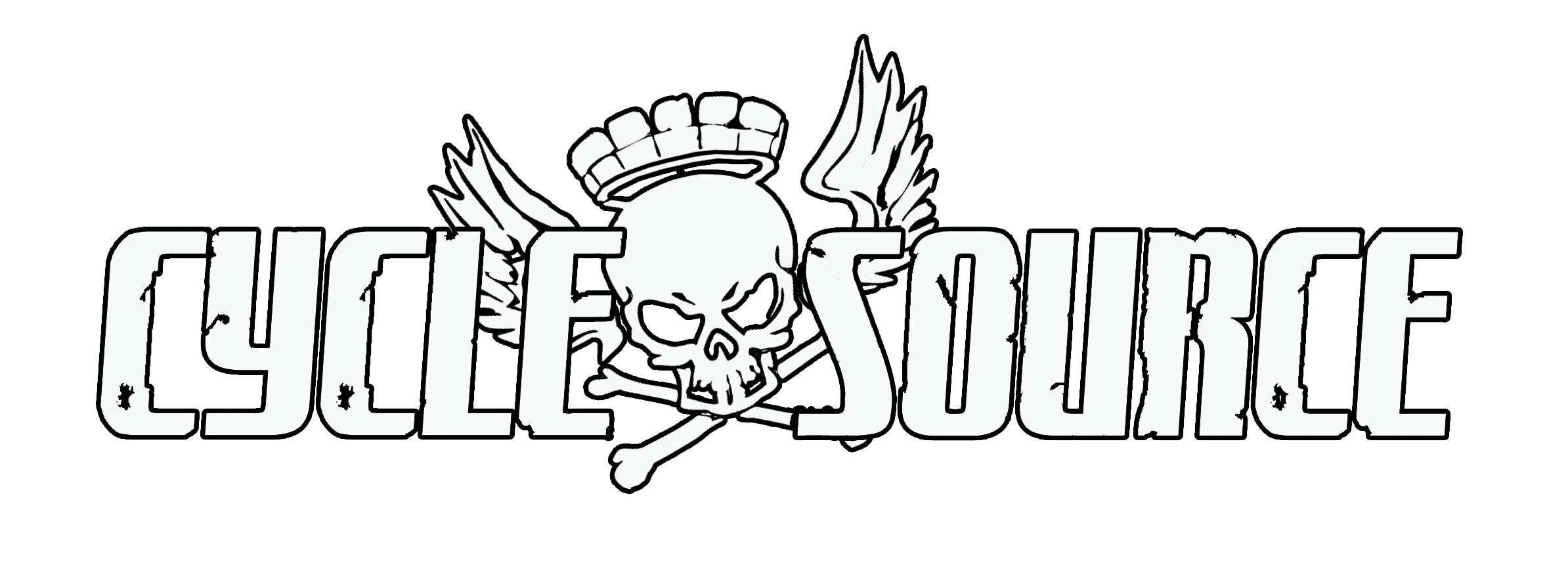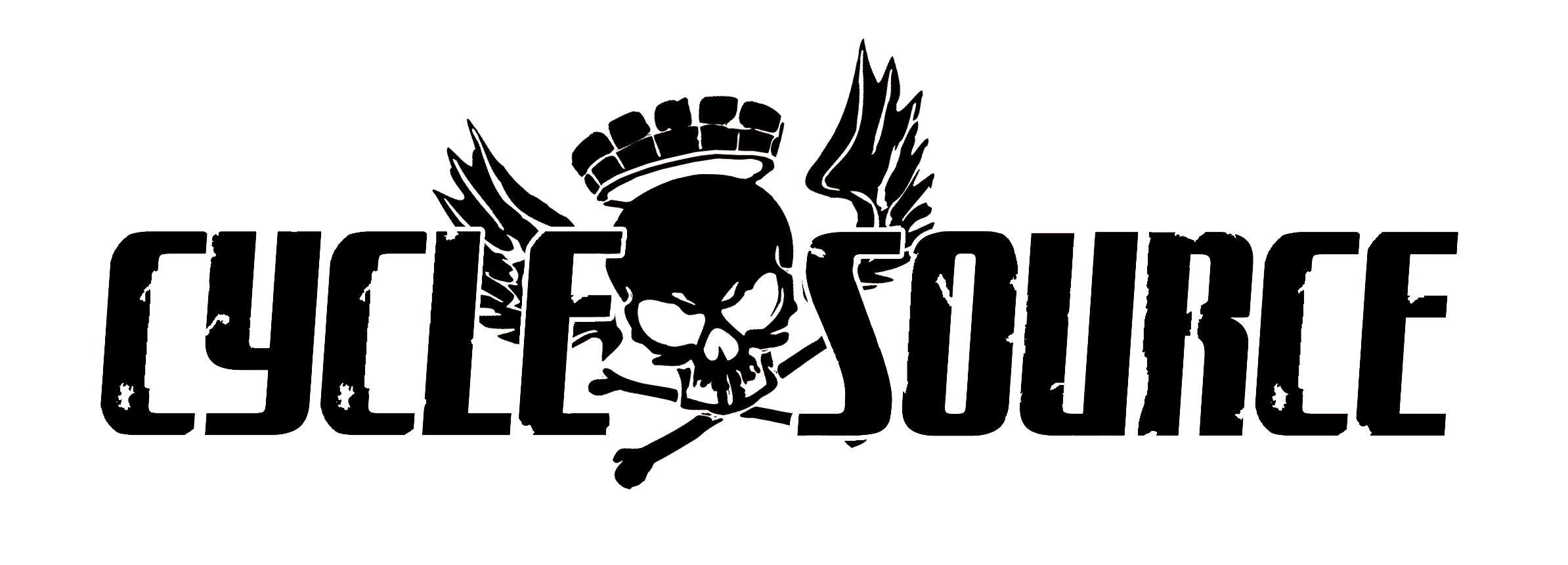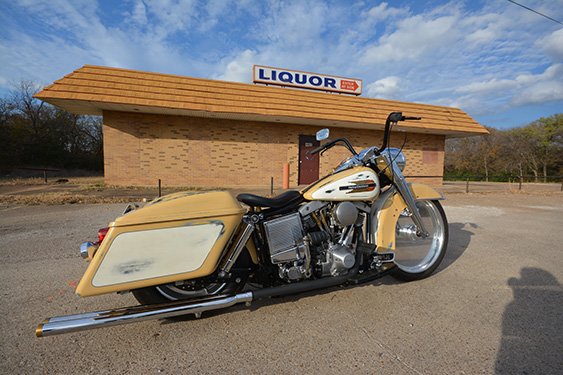Article By: Daniel Busch and Lance Busch
Photos By: Lance Busch
Originally Published In The January 2013 Issue Of Cycle Source Magazine
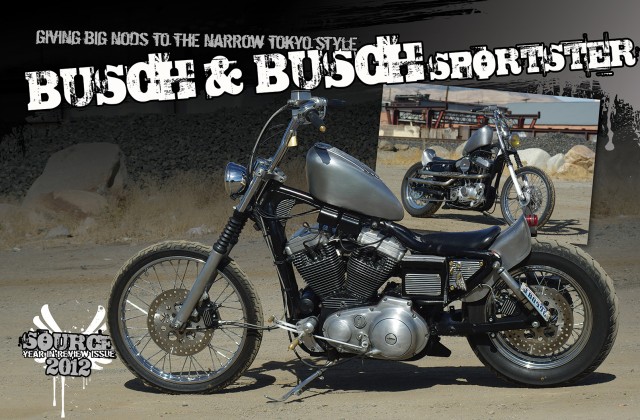
Here is a bit of advice for all of the wheelers and dealers out there: When you have to take a ferry somewhere to look at a possible bike deal, bring cash and a pickup because it is usually a safe bet that you are coming home with the motorcycle. This ‘87 XLH was described as an 883, built by “the two best Harley mechanics in Bremerton, WA.” We weren’t sure whether this was good or bad news. The front cylinder head was off the bike when we showed up, and supposedly it just needed to be put back on to make it a runner. Yeah, right. When the owner told us that he took the head off because of some noise in the clutch bearing, we should have ran and never looked back! Instead we asked, “Did you fix the problem?” He replied, “It’s ready to go back on.” Again, we said, “Yeah, but did you fix it?” Rather than argue, we threw out a lowball offer, loaded the bike into our truck and headed back to the ferry. The bike was supposedly drained of oil, but by the time we got back to Seattle, it had already left a puddle in the back of our truck.
Being warmhearted idealists, we decided to believe the seller, and tried to just put the head back on to see if it would run. The new 883 gaskets weren’t fitting right, and that is when we found out that it actually had a 1200 conversion kit. Things were starting to look up. It was becoming apparent that the hapless owner had just dumped his bike off at a shop and told the guys to pull out all the stops. With the right gaskets installed, Lance finally got the bike fired up and it actually seemed to run well, but only for a while. After a mortal ride around South Lake Union, the bike returned to our garage with a hideous wheezing grind; we knew that it was engine teardown time. After blasting it apart to the flywheel, we found out that a kinked oil line starved the case of oil. This caused one of the camshafts to flatten and the engine filled up with metal shards. Lance cleaned everything up and found that the damage wasn’t nearly as bad as it first appeared. Once we purchased a replacement set of cams and some small parts, Lance honed the cylinders, threw the thing back together, and it ran like a 1200 should. We put it on the superflow dyno at Ducati Seattle, where we were wrenching at the time, and our mostly stock second chance Sporty cranked out 60 horsepower and 65 lb.-ft. to the rear wheel.
With the bike now running, I stripped the wiring harness down to bare essentials, getting rid of useless conveniences. Lance also shortened the rear frame rails and put in little bullet signal lenses with LEDs, adding a switch to the side panel. The brakes were toasted and the PM master cylinder needed a complete rebuild. The GMA finned billet calipers, front and rear, do a very nice job of stopping now, and some new drilled rotors and braided lines were ordered up. Not having enough braking power on his previous chop, it’s nice to know this bike will stop on a dime now. The bike was intended to be a quick flip; a stepping stone on the way to a Shovelhead. Lance painted the tins, bobbed the rear fender, and threw on some apes that he had narrowed. We also tossed in the freight train headlight for something a little sleeker and we ditched the front fender and shaved the fork legs as well. Figuring that this is what the typical Joe would want, we listed it for sale and were underwhelmed with the response. After it didn’t sell, we tried another paint scheme, figuring that the western style colors were scaring away the riders of “Raintown.” Even in bright yellow and black with pinstriping and the engine turned chrome by Lance, still no takers!
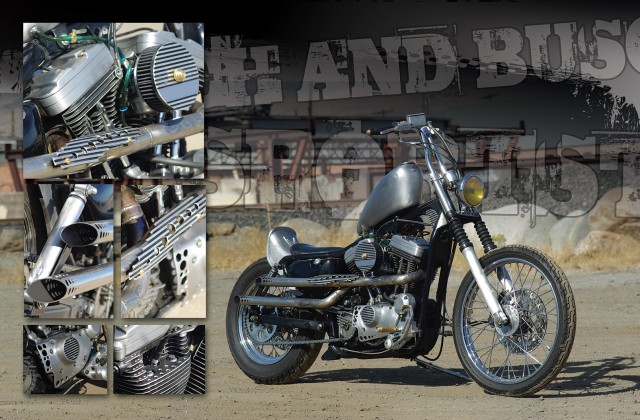
Convinced that we had no clue what the mainstream public was looking for, Lance decided that he was going to design the bike the way that he wanted. Being a fan of the tall, narrow bikes coming from Japan, he began the process of sliming the bike into a steel toothpick, perfect for lane splitting. Starting with a stock peanut tank, Lance sectioned and Friscoed the hell out of it. Four inches were cut out of the center and it was shortened 2 inches and then the tunnel was removed. He then made a set of bars that you could operate while wearing handcuffs , and bobbed the fender even more severely. Next, a filler piece was added to button up the back of it, and a a taillight lens was scrounged from an old Coleman lantern.
While I was machining some brass pegs and bar ends, Lance salvaged some aluminum running boards from a van, and turned them into a bevy of art deco style trim accents. He also proceeded to lighten the bike by drilling holes in anything safe that a drill could reach. Deciding that function must follow form, he ditched the rear springs, basically turning the shocks into struts. I questioned the wisdom of this modification, but with a tank capacity of roughly a gallon, it is unlikely that a rider would be able to travel enough to worry about ride comfort. The last nods to the Tokyo style were in the form of narrowing the forward control spacers to bring the controls in another two inches, and ditching the bulbous BUB exhaust in favor of some handcrafted straight shotgun pipes. Lance also did the engraving on the forward sections of the pipes, which have blued to a nice finish. Apart from a few nervous visits with our local constabulary, who seemed mainly curious as to what brand of motorcycle this is, the reaction to the bike has been a mix of bewilderment and awe. The bike makes a definite statement, and Lance nicknamed it the “Washoe Zephyr” for its art deco styling and birthplace. The bike has sold, and at last word was being shipped overseas to someone called the “Mad Russian.” We can only imagine what kind of trouble the new owner will get in!

Washoe Zephyr Tech Sheet
Owner: ???
City: Reno, NV
Fabrication By: Busch Bros.
Year: 1987
Model: XLH Sportster
Value:
TIME: 4 Months
ENGINE
Year: 1987
Model: XLH
Builder: Busch Bros.
Ignition: Crane Electronic
Displacement: 1200cc
Pistons: Standard
Heads: Dual Plug
Cam(s): Factory
Carb: Bendix w/ Thunderjet
Air Cleaner: K&N
Exhaust: One-Off Shotguns
Primary: Factory
TRANSMISSION
Year: 1987
Make: H-D
Shifting: 4 Speed
FRAME
Year: 1987
Make: Factory
Rake: Stock
Stretch: Stock
FRONT END
Type: 39mm Shaved Forks
Builder: Factory
Extension: None
Triple Trees: Stock
WHEELS
Front Wheel: Chrome
Size: 21”
Tire: Dunlop
Brakes: GMA Billet
Rear Wheel: Chrome
Size: 16”
Tire: Dunlop
Brakes: GMA Billet / PM
PAINT
Painter: None
Color: Bare Steel
Type:
Graphics: None
Chroming: Buffed Out
Molding: Aluminum Ribbed Trim
ACCESSORIES
Bars: Busch Bros.
Risers: None
Hand controls: Stock
Gas Tank(s): Busch Bros.
Front Fender: None
Rear Fender: Modified Quick Bob
Seat: Cut Down & Recovered Tractor
Foot Controls: B&B Machined
Oil Tank: Factory
Headlight: Chrome 5 3/4”
Taillight: Coleman Lantern Lens
Photographer: Lance Busch
